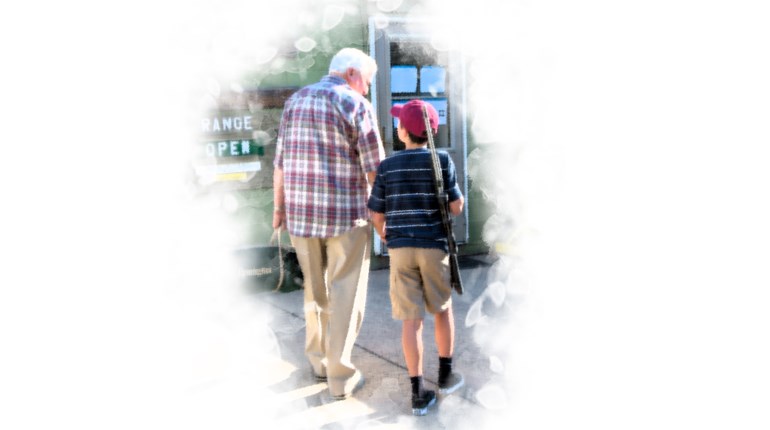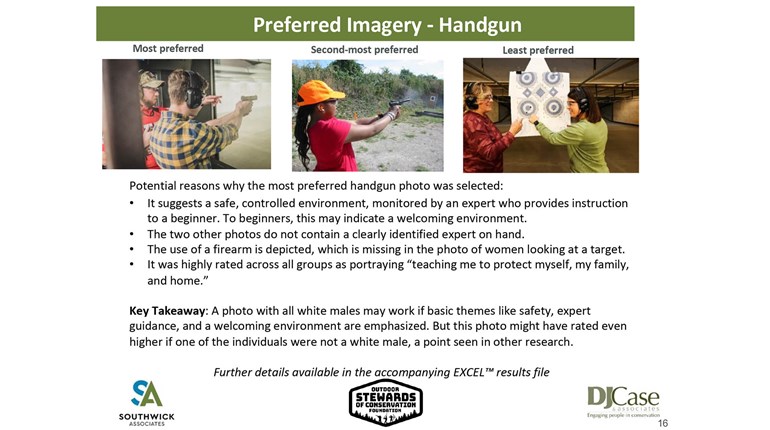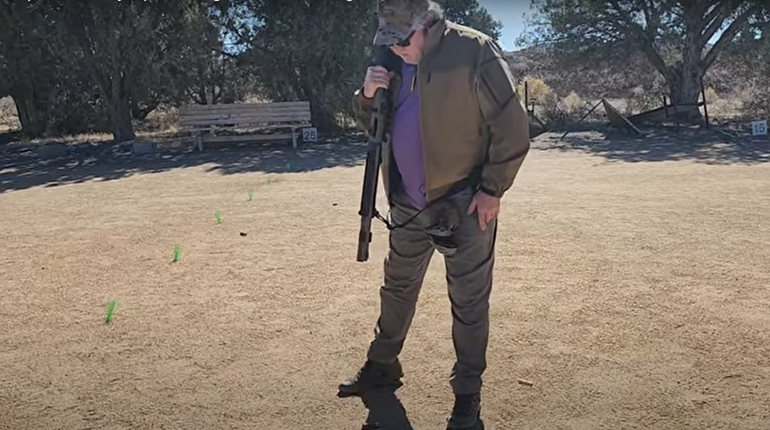
Shooting ranges can be anything from an empty field with a hill as a backstop to a modern indoor facility with automatic targets and state-of-the-art ventilation. If that empty field happens to be in your back 40, you still have to follow all the NRA's established rules of gun safety, but you'll have few worries about how to interact with other shooters. If, however, you're attending a public range, there are some very important rules of safety and etiquette that we here at the NRA recommend.
Identifying Range Areas
Whenever visiting a range for the first time, a shooter should identify important range areas, including:
- ready line or preparation area
- firing line(s)
- target holders
- backstop/impact area
- downrange (safe) direction(s)
- left/right range limits
- firing points and firing line numbers
- safety berms, walls, baffles
- entry and exit routes
- range flags or warning markers
- first-aid kit
- fire extinguishers
If you have trouble finding any of these items, seek a range safety officer (RSO) and ask. Don't be embarrassed; that RSO would rather answer a "silly" question than deal with a safety violation!
Obey Range Safety Rules
Most ranges have their own safety rules, which are usually posted. It is the responsibility of the shooter to:
- know and obey all range safety rules
- know where others are at all times
- shoot only at authorized targets
- stop shooting immediately if you have experienced an ammunition malfunction
Range Commands
At many ranges, there are range personnel (usually one or more RSOs) who control range activities and can provide assistance to shooters when necessary. RSOs usually issue the following three basic range commands:
- "Load" (shooters may load their firearms, but keep safeties on)
- "Ready on the right, ready on the left? Commence firing" (shooters may take safeties off and fire in a safe direction)
- "Cease fire" (shooters must IMMEDIATELY stop firing, take their trigger finger off the trigger, keep the gun pointed in a safe direction and unload, then wait for further instructions from the RSO)
Note that "cease fire" is a safety command that can and should be given by anyone who observes an unsafe situation. Also, all shooters must immediately stop firing when anyone gives the "cease fire" command. At many ranges, there may be additional commands to indicate to the shooters when the range is clear, or when shooters may go forward and change or mark their targets. Also, there are often special commands used in specific competitive shooting activities. From all of us at the NRA, here's wishing you safe and happy shooting!







































